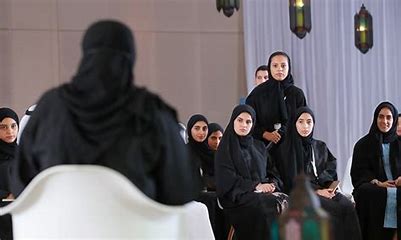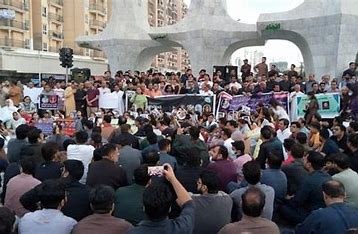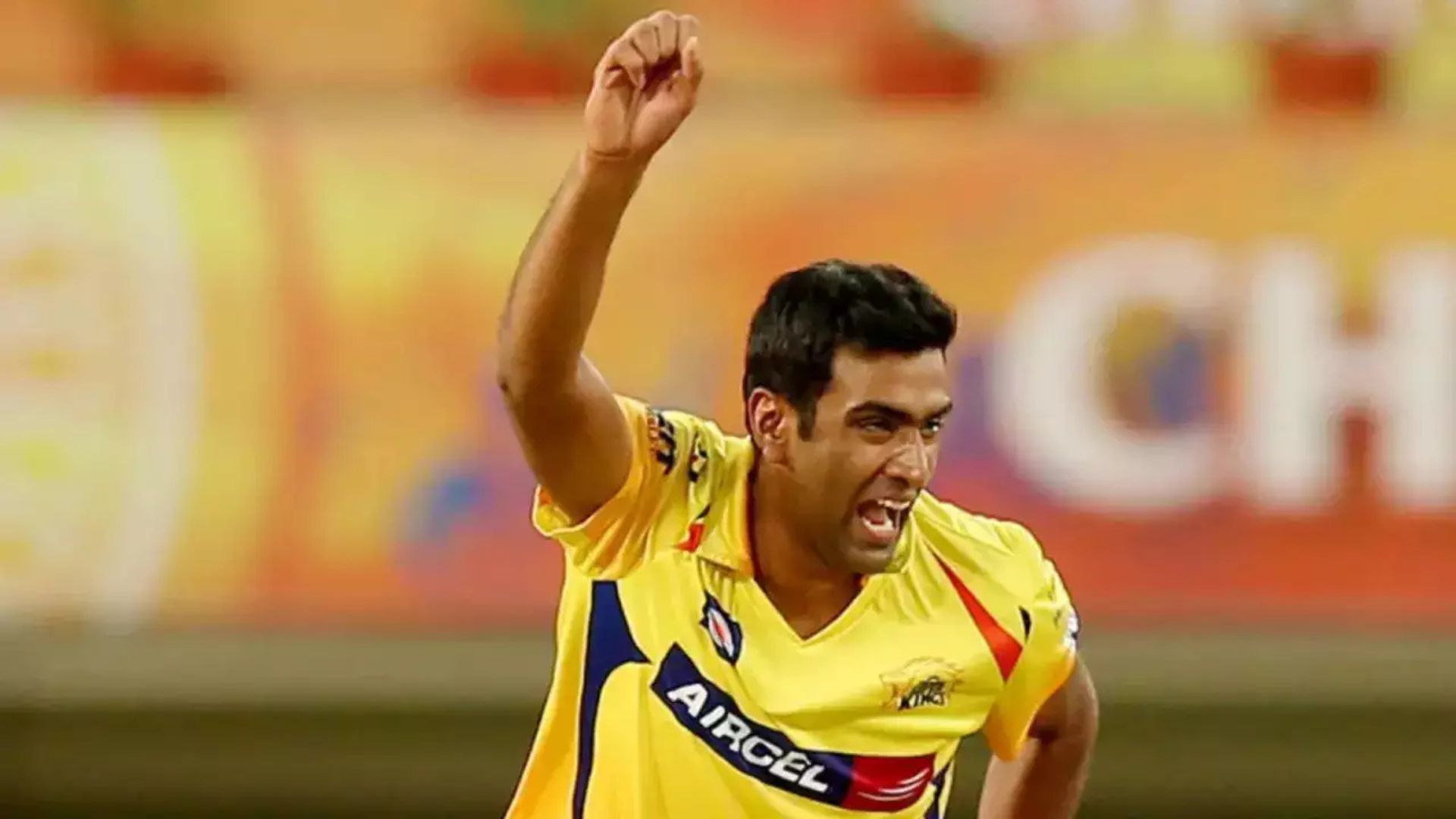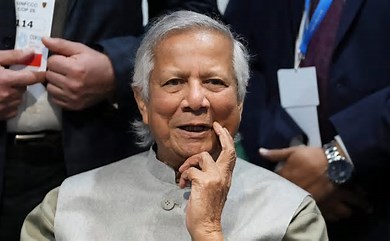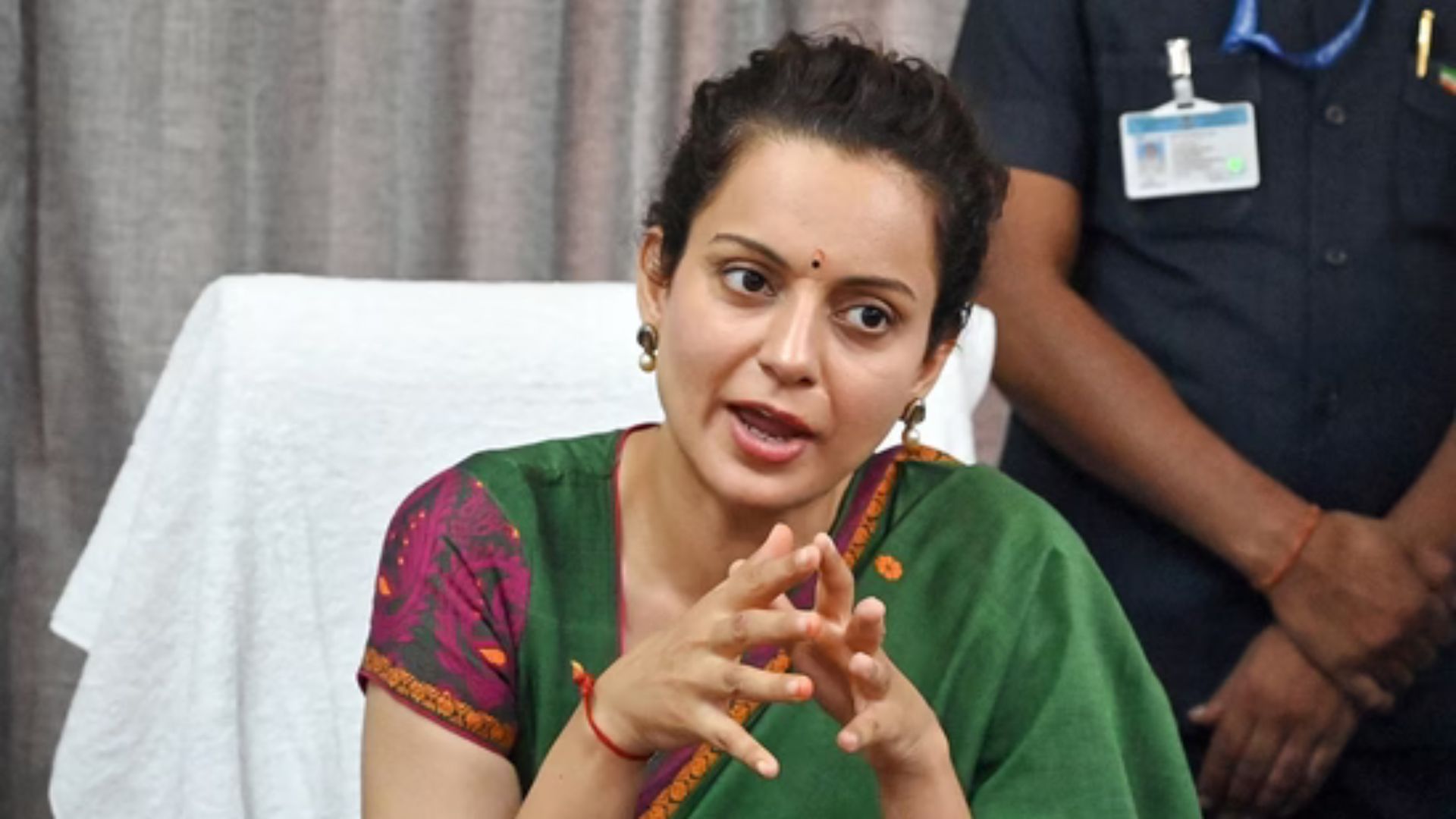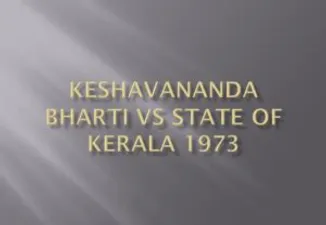
Brief Introduction
The judgment rendered by the Hon’ble Supreme Court of India in Kesavananda Bharati vs State of Kerala , holds a significant place in the development of the constitutional history of India. The landmark judgment was delivered on 24 April 1973, and is known for establishing the ‘doctrine of basic structure’. This doctrine holds that while the Parliament has the power to amend any part of the Constitution, its powers are not unlimited, and no amendment can violate the fundamental or essential features or basic structure of the Constitution. The case is significant as it defined the contours of the Indian Constitution and sets a precedent for the judiciary to intervene in legislative action to protect
constitutional values.
The Hon’ble Supreme Court’s judgment was based on a comprehensive analysis of the Constitution’s history and the constitutional provisions. The Hon’ble Court noted that the Constitution was not a mere legal document but was the embodiment of the people’s aspirations and values. The Constitution’s framers had adopted a Constitution that reflected the values of justice, liberty, and equality. The Constitution was not a static document but was meant to evolve with the changing needs of society. The court held that the Constitution’s basic structure was a part of the Constitution’s identity and could not be amended.
Significantly, the case was heard by a 13-judge bench, which has been till date the largest constitutional bench to ever deliver a judgment. The bench, headed by Chief Justice S M Sikri, heard arguments over a period of 68 days, making it one of the longest cases in the history of Supreme Court. Since the case raised fundamental questions about the nature of the Constitution of India, the powers of the Parliament to amend the Constitution, and the role of the judiciary in interpreting and enforcing the Constitution, the answers to which would have had a far-reaching implication for the Indian Polity and its constitutional framework, the formation of the largest constitutional bench was of an utmost importance.
Background
The case arose out of the petition filed by Sri Kesavananda Bharati (“the Petitioner”), the head of a religious mutt in Kerala, challenging the Kerala Land Reforms Act of 1963. The Act was passed by the Communist government in Kerala, which sought to impose land reforms in the state by placing limits on the maximum amount of land that a person could hold. The Petitioner challenged the Act on the grounds that it violated his fundamental rights to property. Although the case was initiated on account of the challenge against the introduction of the Kerela land Reforms Act, 1963, however, it soon took on much wider significance, as the Court was asked to examine the constitutional validity of the Constitution (Twenty-fourth Amendment) Act, which had been passed by the Indian
Parliament in 1971.
The main issue involved in the case was whether the Constitution of India is amenable to amendment by the Parliament under Article 368, or whether there are some basic features of the Constitution that cannot be amended.
To understand the significance of the Kesavananda Bharati case, it is pertinent to understand concept of basic structure and the legislative history behind the introduction of the 24th Amendment Act, which was introduced by the Parliament on 04 August 1971.
The concept of the basic structure was first introduced in the landmark case of I.C. Golaknath v. State of Punjab , where the Supreme Court held that the fundamental rights enshrined in Part III of the Constitution were unamendable.
The decision in Golaknath case was a major setback for the government, as it was based on the interpretation of Article 13 of the Constitution, which provides that any law that is inconsistent with the fundamental rights shall be void. Herein, the Hon’ble Court held that this provision included constitutional amendments, and therefore, the Parliament could not amend the fundamental rights provisions of the Constitution.
The Golaknath case had created a great deal of controversy at the time, with many politicians and legal scholars arguing that it had limited the power of the Parliament and had given too much power to the judiciary. Hence, as we are told, in order to abrogate the law laid down by the Supreme Court in Golakhnath Case, the Parliament passed the 24th Amendment Act, vide which a new clause in Article 13 was inserted which provided that any amendment to the constitution made under Article 368 would not be deemed to be a law within the meaning of Article 13. In simpler terms, it meant that constitutional amendments could not be challenged on the grounds of violation of fundamental rights as provided in the Indian Constitution.
While the Court heard the arguments over several months, the important points in the arguments raised by the Petitioner were that there are certain basic features of the Constitution such as the federal character, secularism, democracy and the rule of law, that cannot be amended or altered by the Parliament. Per Contra, it was argued by the government that constitution is a living document that needs to be changed with the changing times, and there are no limits to the amending powers of the Parliament.
During the course of the arguments, the case also raised a test for the power balance between the judiciary and the legislature. The government argued that the judiciary should not interfere with the legislative function of the Parliament, and the courts should defer to the Parliament in matters of constitutional amendment. On the other hand, the Petitioner argued that the judiciary has the power to review the constitutional validity of the amendments and strike down those amendments that violate the basic structure of the Constitution.
Hence the broad series of questions that were put to test before the Hon’ble Supreme Court were:
i. Whether the Parliament had the power to amend the Constitution in a manner that would alter its basic structure?
ii. Whether the Parliament had the power to restrict the scope of judicial review?
iii. The scope of fundamental rights and their relationship with the constitution.
iv. The question of the separation of powers between the judiciary, the executive, and the legislature.
v. The scope of the federal structure as enumerated in the Constitution.
Implications of the decision of the Kesavananda Bharati case
i. To put it briefly, in the judgment, the 13 Judge bench held that the Constitution of India has a basic structure that cannot be amended by the Parliament. Although the Court did not categorically list out what formed the part of basic structure, however, the Supreme Court explained the basic structure of the Constitution by way of illustrations such as the supremacy of the Constitution, secular character, sovereignty of India, individual freedom secured to the citizens, democratic form of government, federal character and unity of the country.
ii. The Hon’ble Court reasoned that the basic structure doctrine was necessary to prevent the undermining of the the Constitution’s fundamental principles and values through the process of constitutional amendment. The Court’s decision in Kesavananda Bharati case overruled the decision in Golaknath case and held that the Parliament did have the power to amend the Constitution, but this power was limited by the doctrine of basic structure. The Hon’ble Court held that the basic structure of the Constitution could not be altered by a constitutional amendment. The Hon’ble Court’s reasoning in the Kesavananda Bharati case was based on a holistic interpretation of the Constitution, which took into account its historical context, its underlying values and principles, and its overall structure and framework.
iii. Article 368 of the Constitution of India confers powers on the Parliament to amend the Constitution and prescribes the procedure for any amendment. The Parliament can amend the Constitution by way of addition, variation, or repeal any provision of the Constitution in accordance with the procedure laid down in Article 368. Prior to the verdict passed in the Kesavananda Bharati’s case, the power of the Parliament to amend the Constitution was not defined and such powers remained unfettered. However, post the judgment rendered in the Kesavananda Bharati Case, Article 368 did not enable the Parliament to alter the basic structure or framework of the Constitution. The court held that the basic structure doctrine was one such limit, and that the Parliament could not amend or abrogate those features of the Constitution that were part of its basic structure. Hence, the law as it stands today is that subject to the retention of the basic structure, the power of amendment is plenary and would include the power to add, alter or repeal various provisions including the Fundamental Rights.
iv.In so far as the question of judicial review is concerned, the Hon’ble Court observed that the power of judicial review was a check on the powers of the legislature and the executive and was necessary to ensure that these organs of the state did not overstep their constitutional limits. The Hon’ble Court held that the judiciary was the ultimate interpreter of the Constitution, and it was the duty of the judiciary to ensure that the Constitution was not violated by any law or action of the state. The observations made regarding judicial review had far-reaching implications for the way the judiciary and the legislature functioned in India. The case established the principle that the power of judicial review was an essential feature of the Constitution, and it was the duty of the judiciary to ensure that the Constitution was not violated by any law or action of the state. However, the case also held that the principle of judicial review was not absolute, and the judiciary had to exercise this power with great care and caution.
v. The Hon’ble Court also emphasised on the principle of separation of powers by observing that the power of judicial review was not absolute, and the judiciary had to exercise this power with great care and caution. The Hon’ble Court stated that the judiciary should not interfere with the policy decisions of the legislature or the executive, unless such decisions were clearly unconstitutional or violative of the fundamental rights guaranteed by the Constitution. The Hon’ble Court held that the judiciary should not usurp the powers of the legislature or the executive but should act as a check on these organs of the state.
Despite the fact that the judgment was rendered almost five decades ago, the principles laid down in the Kesavananda Bharati continue to influence the development of Indian democracy, governance and jurisprudence. The Indian Judiciary in the past 50 years has faced various facets of issues ranging from the judicial appointments to protecting the protecting the privacy of citizens and granting equal rights to all individuals despite their sexual orientation, however, while deciding all the wide range of issues, the courts have engrained the basic structure theory as laid down in the Kesavananda Bharati case.
Please read concluding on thedailyguardian.com
